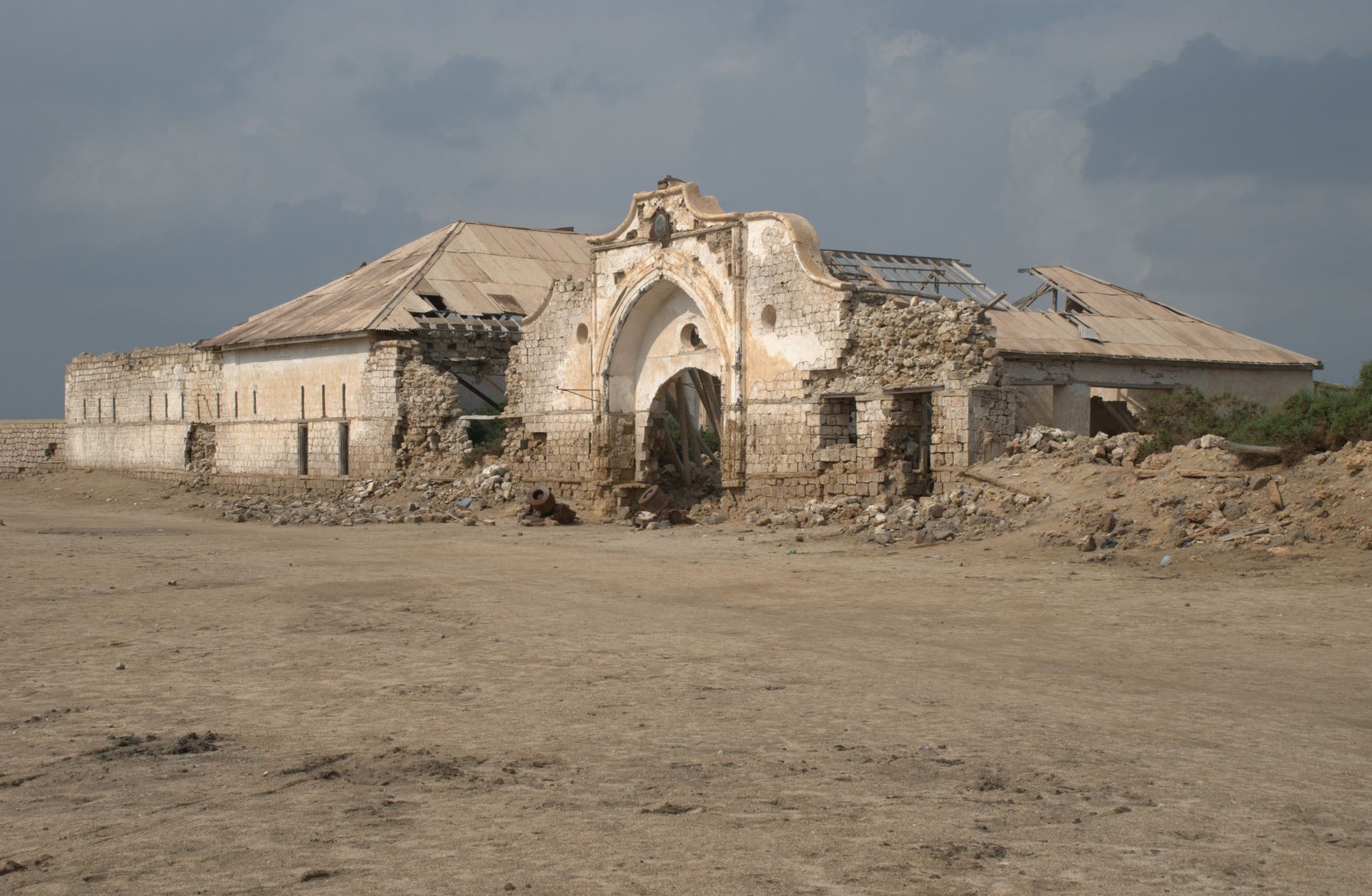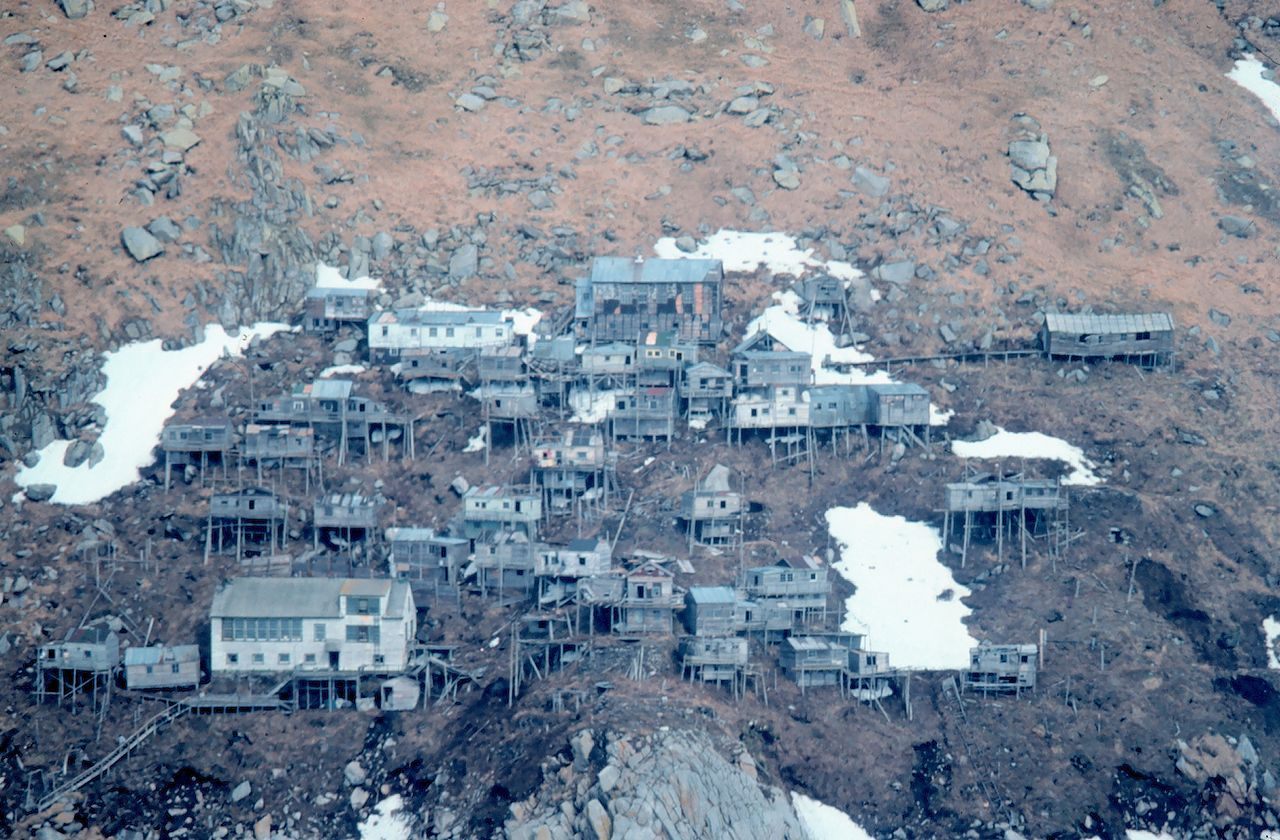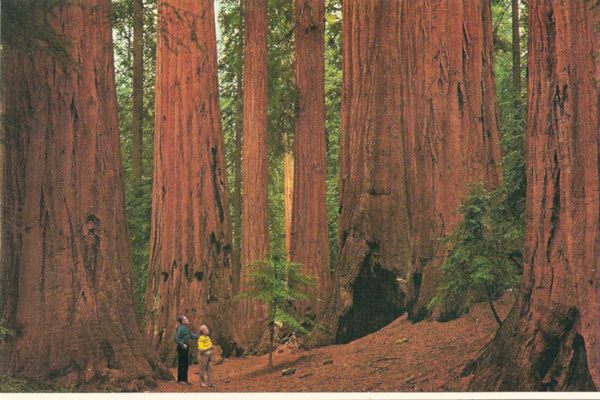The Incredible Ruins of 12 Abandoned Islands
These deserted ghost islands each have a fascinating story behind their decline.
Of all the many places around the world that have been abandoned by their inhabitants and left to slump into obscurity and ruin, islands seem among the most unlikely. What’s not to love about an island? Yet there are dozens of isles scattered throughout the world’s oceans that have been deserted by their residents and left all but forgotten.
Frozen in time with nothing but a story to tell, many of these ghost islands have taken on an eerie and enticing second life in their desertion and disrepair. Here are 12 abandoned islands in the Atlas, each of which has a intriguing story behind its decline.
1. Mitsubishi’s Gunkanjima Island
NAGASAKI, JAPAN

(Photo: Jordy Meow/CC BY 3.0)
Once the most densely populated place in the world, this tiny island off the coast of Nagasaki is now a ghost town that’s been completely uninhabited for more than forty years. Gunkanjima was developed by the Mitsubishi Corporation in the early 1900s, which believed—correctly—that the island was sitting on a rich submarine coal deposit. By 1941, the tiny island was producing 400,000 tonnes of coal per year, powering Japan’s industrial expansion. A city grew up around it so dense it inspired the nickname “island without green.”
Then the coal ran out. Mitsubishi closed the mine, and everyone left. The island has been a ghost town ever since.
2. Suakin Island Ancient Ruins
SUAKIN, SUDAN

(Photo: Bertramz/CC BY 3.0)
For 3,000 years, the port on the island of Suakin was strategically crucial to powerful empires. Located on the Red Sea in Northern Sudan, the port was originally developed during the 10th century B.C.E. and offered an outlet to the Red Sea for trade and exploration. As Islam spread, it became an outlet for Africans on pilgrimage to Mecca. The island remained prosperous throughout its existence and developed into a rich, gated island port, the height of medieval luxury on the Red Sea.
However during the 19th century, Suakin became a hub for the slave trade from Eastern Africa, and this would be the grand island’s its undoing. As the slave trade diminished, the port became increasingly unnecessary. By the 1920s, Suakin was falling into complete disrepair. Only crumbling ruins of the once great coral city exist today.
3. Poveglia Plague Island
VENICE, ITALY

The Poveglia hospital. (Photo: Chris 73/CC BY-SA 3.0)
This small forbidden island less than half a mile from Venice was used as a plague quarantine station, or “lazaretto” at the turn of the 18th century. The tiny island is said to have hosted over 160,000 infected souls living out their final days and hours there—so many that there are whispers that 50 percent of the soil consists of human remains.
With a past like this, it’s not surprising that Poveglia and its abandoned structures are believed to be haunted, attracting the attention of ghost hunters and paranormal investigators. The island remains for now strictly off-limits to visitors.
4. No Man’s Land
NETTLESTONE, ENGLAND

(Photo: Colin Babb/CC BY-SA 2.0)
No Man’s Land exemplifies the strange fates of “Palmerston’s Follies”, a series of mammoth fortifications built in Victorian times to defend the coast against perceived threats of invasion from France. The most expensive and extensive fortifications ever built in peacetime, these sea forts were outdated by the time they were completed. As deterrent, perhaps they worked, for the French never did invade.
After serving as a defense station against submarine attack in WWI the fort was decommissioned and the artificial island transformed into a luxury resort that unfortunately never took off. The hotel was bought for £6 million but contaminated water in the hotel pool caused an outbreak of Legionnaires’ disease and the business went south. Faced with financial troubles and the possibility of losing the island he did the logical thing: packed up his bags, grabbed the keys, and locked himself into the fortress, where he lived until his eviction in 2009. Future plans for the now-empty, seemingly cursed island are unknown.
5. Disney’s Discovery Island
BAY LAKE, FLORIDA

(Photo: BestofWDW from USA/CC BY 2.0)
Disney’s abandoned animal island was almost the coolest attraction ever. Disney opened it as a lush zoological park as the island was home to a number of exotic animals. When the attraction was closed in 1999, the remaining animals were moved to Disney World’s new Animal Kingdom resort, yet the island was simply left to nature, its buildings deteriorating.
Today, the island remains abandoned and off-limits. However some brave urban explorers have managed to infiltrate the island take pictures of what remains. Disney has threatened to ban these adventurers from all Disney properties just for setting foot on Discovery Island, making the whole kingdom seem a little less than magic.
6. McNab’s Island
HALIFAX, NOVA SCOTIA

Rifled cannons. (Photo: Luke J Spencer/Atlas Obscura)
This Canadian island is a veritable garden of decay with countless abandoned structures and ruins dotting the landscape, from military installations to private homes to a soda factory.
Settled by Peter McNab in the 1780s, the family occupied the island until 1934, and virtually no settlements were established since. In fact McNab Island has lain mostly abandoned since World War II and is now mainly an impressive collection of abandoned structures of all sort—among them three abandoned military forts, a cholera quarantine epidemic potters field, ruins of old family homes from the islands few inhabitants, a family burial plot, a former soda pop factory that ran bootleg booze during prohibition, a shipwreck cove, a beach where English redcoats hung navy deserters during the Napoleonic Wars.
7. Deception Island
ANTARCTICA

Abandoned hangar and fuselage. (Photo: Unknown author/CC BY-SA 3.0)
Considered one of the safest harbors on Antarctica, a famous refuge from storms and icebergs, Deception Island has been coveted—and then deserted—by many nations. The dilapidated shells of buildings, boats and equipment marking the island remain as proof of its productive years as a Norwegian-Chilean whaling station and home of several scientific stations.
The thing is, building and operating expensive equipment on an active volcano is risky business. In the 1960s, the island had apparently had enough, and kicked everyone off: Erupting twice in two years, it demolished research centers and buried everything left behind in ash. Today visitors can bathe in the volcano’s natural hot springs surrounded by ruined giants of industry.
8. Carnegie Mansion Ruins
ST. MARYS, GEORGIA

(Photo: Lyndi&Jason/CC BY-SA 2.0)
In a glaring 19th-century example of the privileged 1 percent, the prominent Carnegie family owned 90% of Cumberland Island off the coast of Georgia, including a gigantic 59-room Scottish mansion on the south shores the family used as a lavish winter getaway in the late 1800s.
The estate flourished until the 1920s, but was left abandoned during the Great Depression. It sat decaying until 1959, when a fire gutted the mansion, leaving only a skeletal and crumbling group of ruins. Today, many of those ruins still stand as a ghostly reminder of the wealth the island once contained.
9. Ross Island
SOUTH ANDAMAN, INDIA

(Photo: Biswarup Ganguly/CC BY 2.0)
Originally established by British colonialists, this 18th century settlement on Ross Island in the Andaman archipelago is now abandoned entirely. The residential structures remain, old houses, a church, a bazaar, stores, a large swimming pool and a small hospital, though their brick is slowly being overtaken by the roots of wild ficus plants.
The island was inhabited initially in 1788-89 after Archibald Blair’s survey of the Andaman and Nicobar Islands. It was controlled by the British until March 1942, when Japanese troops invaded and took control of the Andaman and Nicobar Islands including Ross. Remnants of bunkers constructed by the Japanese remain.
10. Dry Tortugas
KEY WEST, FLORIDA

Fort Jefferson moat and wall. (Photo: NPS Climate Change Response/Public Domain)
Juan Ponce de Leon first stumbled upon this stretch of islands in 1513, back when they were nothing more than clusters of coral inhabited by sea turtles. Upon his discovery, de Leon named the islands “Las Tortugas” (meaning “the turtles”), and is said to have subsisted off 160 of these very animals while on his journey through the high seas. Dry Tortugas soon became a popular shipping corridor, but despite the passageway’s popularity, it also became the site of hundreds of shipwrecks, earning the island the nickname, “ship trap.” To this day, a large collection of sunken treasures still lies beneath the surface waters.
Of all the Dry Tortugas treasures, though, Fort Jefferson remains the crown jewel. It was to be a practically indestructible hexagonal fortress, complete with a massive 420 heavy-gun platform. Though after thirty years of construction, Fort Jefferson was never fully completed, 16 million bricks were laid, making it still one of the largest coastal forts ever built. The fort was abandoned by the Army in 1874. In later years it served as a coaling station, quarantine hospital. Today the Dry Tortugas are considered to be one of America’s most remote and least visited national parks.
11. Stilt Village of Ukivok
NOME, ALASKA

Deserted stilt village of Ukivok on King Island. (Photo: Captain Budd Christman, NOAA Corps/Public Domain)
Located on tiny King Island off the coast of Alaska, the stilt village of Ukivok was once the winter home of sea-faring natives who have left it abandoned for the last half-century. Despite being left for ruin for over 50 years, this ghostly Alaskan village still clings to a steep cliffside.
A local Inupiat population calling themselves the Aseuluk (“People of the Sea”) built a small village on one of the slopes using a precarious arrangement of stilts and huts, and the cliff village was in use until the mid-1900’s when the population was forced to migrate to mainland Alaska. However the unlikely village still remains, clinging to the seas-swept slope of King Island, essentially left as though they would return the next year.
12. San Giorgio in Alga
VENICE, ITALY

(Photo: Andy Hay/CC BY 2.0)
The island of San Giorgio in Alga off the Venetian coast (awesomely translated as, “Saint George in the seaweed”) has lived a number of lives since humans first made their mark here as early as 1000 CE. Once a hotbed of monastic reform and a base of operations for Nazi frogmen, since the end of WWII it has been abandoned, and today is just an empty isle dotted by crumbling buildings. All of the old military and religious artifacts have been removed finally allowing it pass into its latest phase as a lovely ruin.





















Follow us on Twitter to get the latest on the world's hidden wonders.
Like us on Facebook to get the latest on the world's hidden wonders.
Follow us on Twitter Like us on Facebook